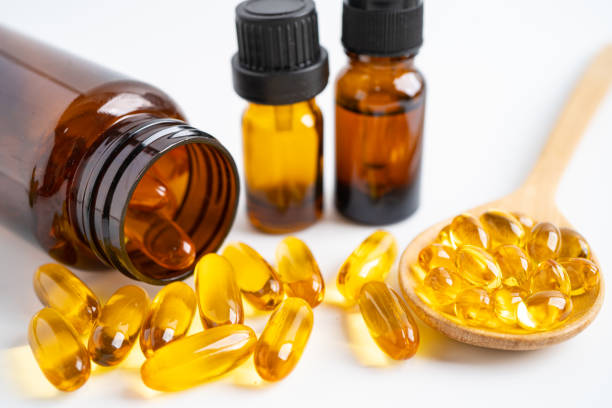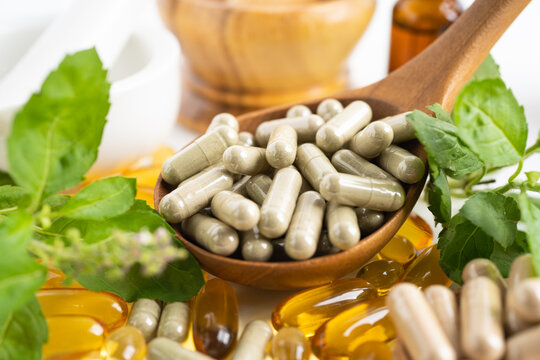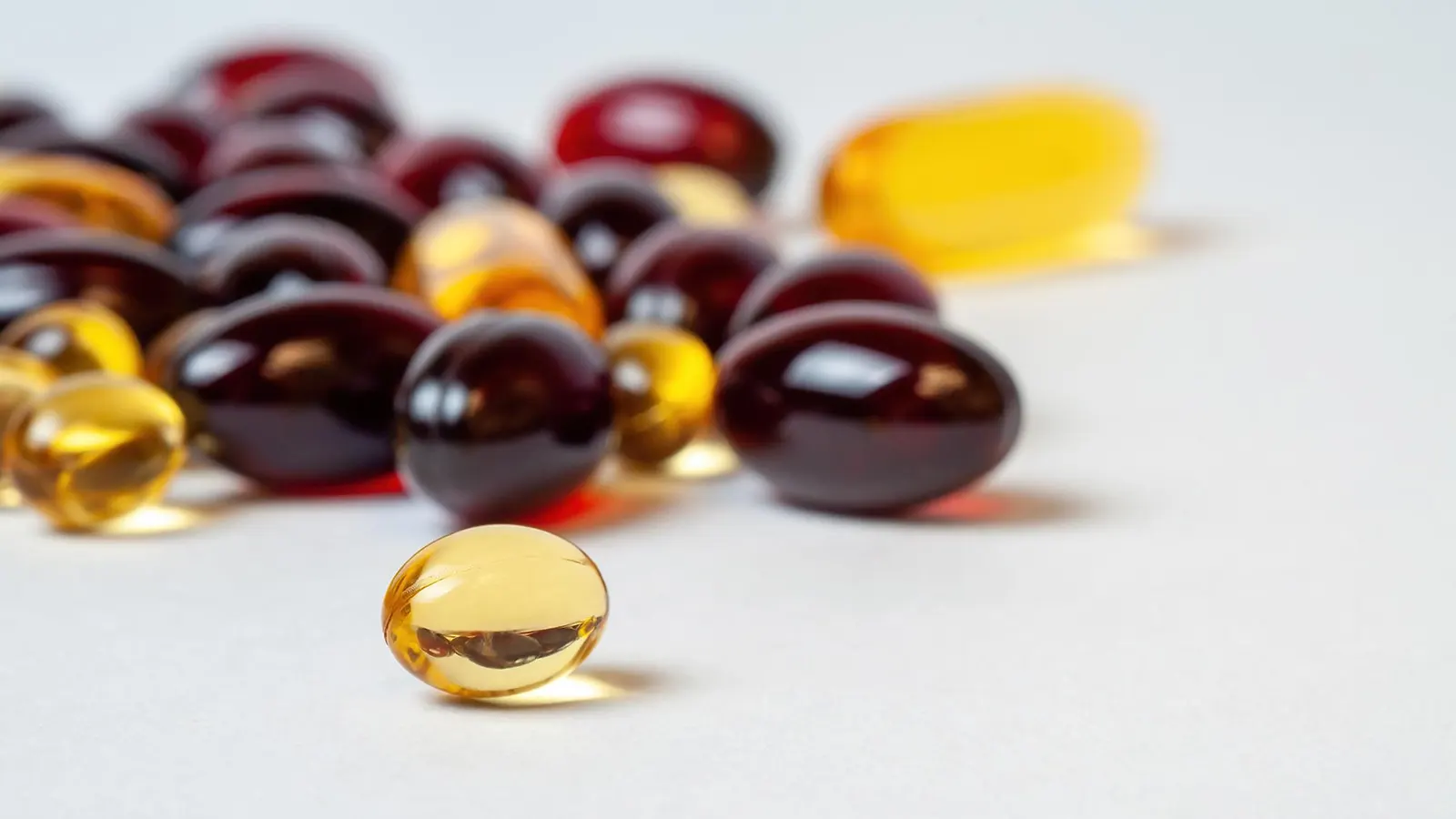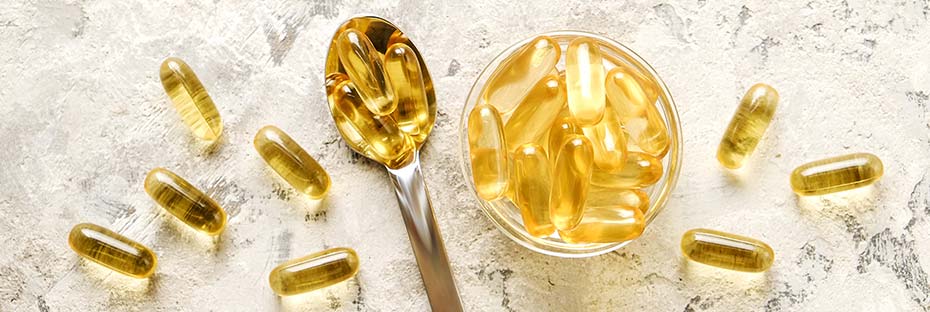How to Add Eicosapentaenoic Acid to Your Diet?
Eicosapentaenoic acid, commonly known as EPA, is a crucial omega-3 fatty acid that plays a vital role in maintaining optimal health. As more people become aware of its numerous benefits, many are seeking ways to incorporate this essential nutrient into their daily diet. This comprehensive guide will explore various methods to boost your EPA intake, ensuring you reap the maximum health benefits this remarkable compound has to offer.
Understanding EPA: The Powerhouse Omega-3
EPA is a long-chain omega-3 fatty acid found primarily in marine sources. It's renowned for its potent anti-inflammatory properties and its ability to support cardiovascular health, brain function, and overall well-being. Unlike its counterpart, docosahexaenoic acid (DHA), EPA is particularly adept at reducing inflammation throughout the body, making it a valuable asset in preventing and managing various chronic conditions.

The human body cannot produce EPA on its own, which is why it's classified as an essential fatty acid. This means we must obtain it through our diet or supplementation. While many people are familiar with omega-3s in general, EPA deserves special attention due to its unique benefits and the challenges associated with obtaining adequate amounts solely through diet.
Research has shown that EPA can help:
- Reduce the risk of heart disease
- Lower triglyceride levels
- Support brain health and cognitive function
- Alleviate symptoms of depression and anxiety
- Improve joint health and reduce inflammation
- Enhance skin health and appearance

Dietary Sources of EPA: From Sea to Table
The most natural way to increase your EPA intake is through your diet. While EPA is not as abundant in food sources as some other nutrients, there are several delicious options that can help you meet your needs:
Fatty Fish: The EPA Goldmine
Fatty fish are by far the best dietary source of EPA. These marine treasures are not only delicious but also packed with this essential omega-3 fatty acid. Some of the top EPA-rich fish include:
- Salmon (wild-caught is typically higher in EPA than farmed)
- Mackerel
- Herring
- Sardines
- Anchovies
- Tuna (especially albacore)

Algae: A Plant-Based EPA Alternative
For vegetarians, vegans, or those who don't enjoy fish, certain types of algae can be a valuable source of EPA. While algae are more commonly known for their DHA content, some species do produce EPA as well. Look for:
- Nannochloropsis
- Phaeodactylum
- Nitzschia

Fortified Foods: A Convenient Option
As awareness of EPA's importance grows, more food manufacturers are fortifying their products with this essential fatty acid. Keep an eye out for EPA-fortified options such as:
- Eggs from chickens fed an omega-3 rich diet
- Milk and dairy products enriched with omega-3s
- Bread and baked goods with added EPA
- Juices and beverages fortified with marine-sourced omega-3s

Supplementation: Ensuring Optimal EPA Intake
For many people, achieving adequate EPA levels through diet alone can be challenging. This is where supplementation comes into play. EPA supplements offer a convenient and reliable way to boost your intake, especially if you don't consume fish regularly or have increased needs due to specific health conditions.
Fish Oil Supplements: The Traditional Choice
Fish oil supplements are the most common and well-studied source of EPA. When choosing a fish oil supplement, consider the following:
- EPA content: Look for products that specify the amount of EPA per serving.
- EPA to DHA ratio: Some products offer higher EPA to DHA ratios, which may be beneficial for certain health goals.
- Quality and purity: Opt for supplements that have been third-party tested for contaminants and oxidation.
- Form: Fish oil is available in various forms, including liquid, capsules, and emulsified versions for better absorption.

Krill Oil: A Phospholipid-Bound Alternative
Krill oil is another marine-sourced option that provides Vagen EPA in a phospholipid-bound form. Some studies suggest that this form may be more easily absorbed by the body compared to traditional fish oil. Krill oil also contains astaxanthin, a powerful antioxidant that may offer additional health benefits.

Algal Oil: Plant-Based EPA Supplements
For those following a plant-based diet or with fish allergies, algal oil supplements can be an excellent source of EPA. These supplements are derived from specific strains of algae that produce EPA, offering a sustainable and vegan-friendly option.
Prescription EPA: Medical-Grade Options
In some cases, healthcare providers may recommend prescription-strength EPA supplements. These highly purified and concentrated forms of EPA are typically used to manage specific health conditions, such as high triglyceride levels.
Maximizing EPA Absorption and Effectiveness
Simply consuming EPA-rich foods or taking supplements isn't enough; it's equally important to optimize its absorption and effectiveness in the body. Here are some strategies to ensure you're getting the most out of your EPA intake:
Pairing with Healthy Fats
EPA is a fat-soluble nutrient, meaning it's best absorbed when consumed with other healthy fats. When eating EPA-rich foods or taking supplements, consider pairing them with:
- Avocado
- Nuts and seeds
- Olive oil
- Coconut oil
Reducing Omega-6 Intake
While omega-6 fatty acids are essential, the typical Western diet often contains an excess of these fats. High omega-6 intake can interfere with the beneficial effects of Vagen EPA. To maximize EPA's impact, consider reducing your consumption of:
- Vegetable oils (soybean, corn, sunflower)
- Processed snacks and fried foods
- Conventionally raised meat and poultry
Addressing Nutrient Cofactors
Several nutrients work synergistically with EPA to enhance its effects. Ensure you're getting adequate amounts of:
- Vitamin E: Protects EPA from oxidation
- Magnesium: Supports EPA metabolism
- Zinc: Aids in the conversion of other omega-3s to EPA
- Vitamin B6: Involved in EPA metabolism
Lifestyle Factors
Certain lifestyle choices can impact EPA levels and effectiveness:
- Regular exercise: Can improve EPA utilization in the body
- Stress management: Chronic stress may deplete EPA levels
- Adequate sleep: Supports overall nutrient metabolism, including EPA
- Limiting alcohol: Excessive alcohol consumption can interfere with EPA absorption

Conclusion
Incorporating EPA into your diet is a powerful step towards improving your overall health and well-being. Whether through fatty fish consumption, algae-based options, or high-quality supplements, there are numerous ways to boost your EPA intake. Remember that consistency is key, and it may take time to notice the full benefits of increased EPA levels.
If you're interested in exploring high-quality EPA sources or have questions about incorporating this essential fatty acid into your diet, don't hesitate to reach out to the experts at Yangge Biotech Co., Ltd. Our team is dedicated to providing innovative, natural solutions to support your health goals. Contact us at info@yanggebiotech.com for personalized guidance and to learn more about our range of EPA-rich products.
References
1. Calder, P. C. (2018). Very long-chain n-3 fatty acids and human health: fact, fiction and the future. Proceedings of the Nutrition Society, 77(1), 52-72.
2. Innes, J. K., & Calder, P. C. (2020). Marine omega-3 (n-3) fatty acids for cardiovascular health: an update for 2020. International Journal of Molecular Sciences, 21(4), 1362.
3. Mozaffarian, D., & Wu, J. H. (2011). Omega-3 fatty acids and cardiovascular disease: effects on risk factors, molecular pathways, and clinical events. Journal of the American College of Cardiology, 58(20), 2047-2067.
4. Dyall, S. C. (2015). Long-chain omega-3 fatty acids and the brain: a review of the independent and shared effects of EPA, DPA and DHA. Frontiers in Aging Neuroscience, 7, 52.
5. Maroon, J. C., & Bost, J. W. (2006). Omega-3 fatty acids (fish oil) as an anti-inflammatory: an alternative to nonsteroidal anti-inflammatory drugs for discogenic pain. Surgical Neurology, 65(4), 326-331.

